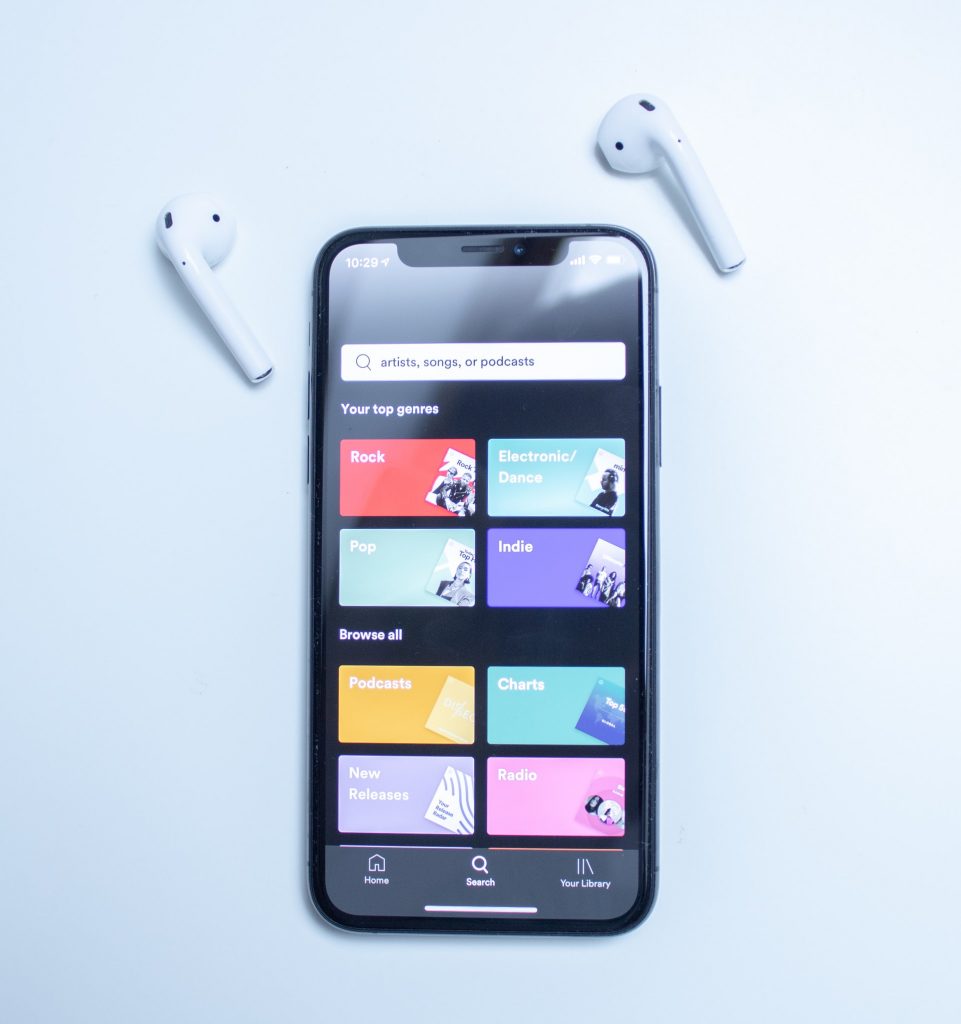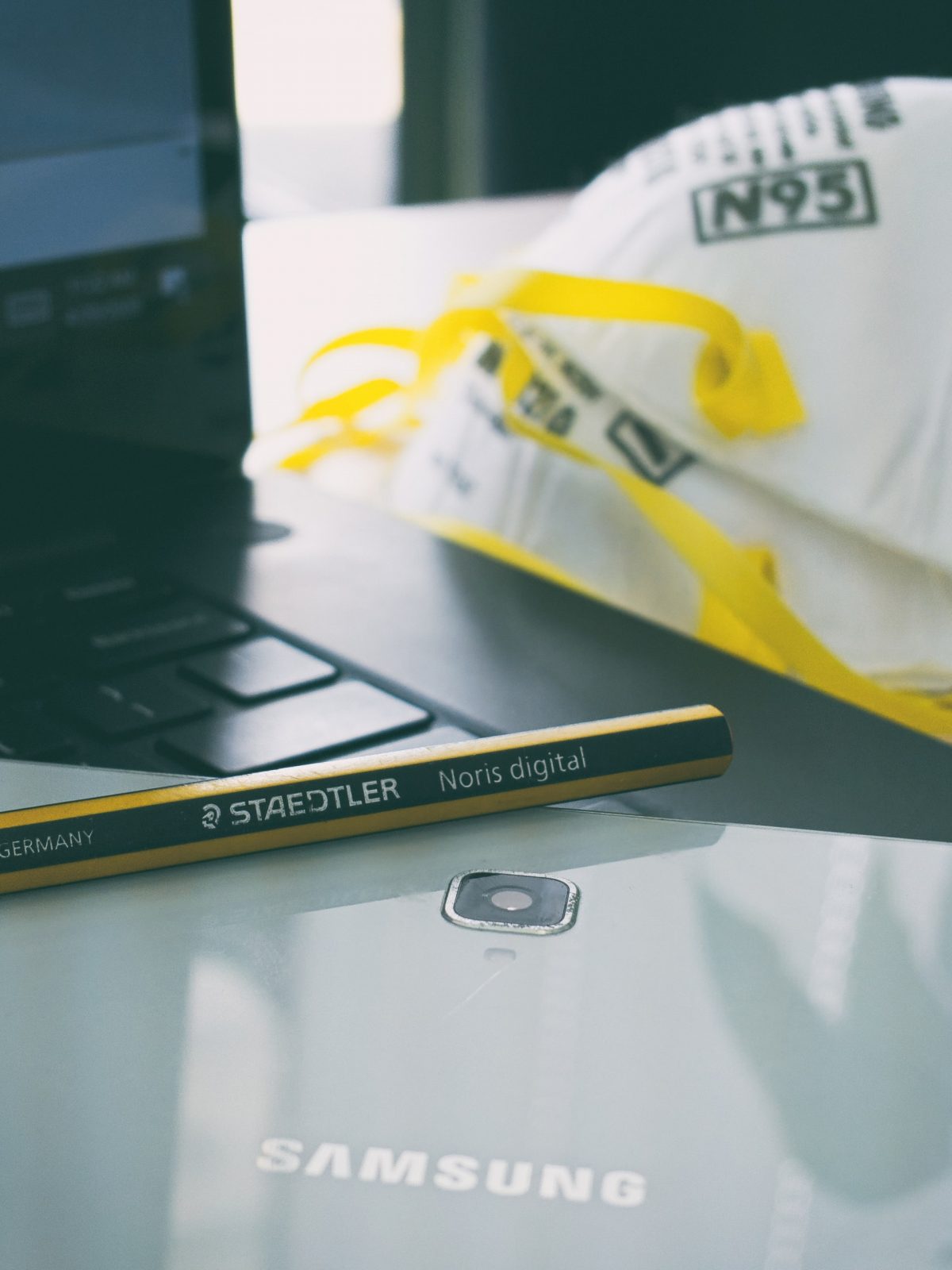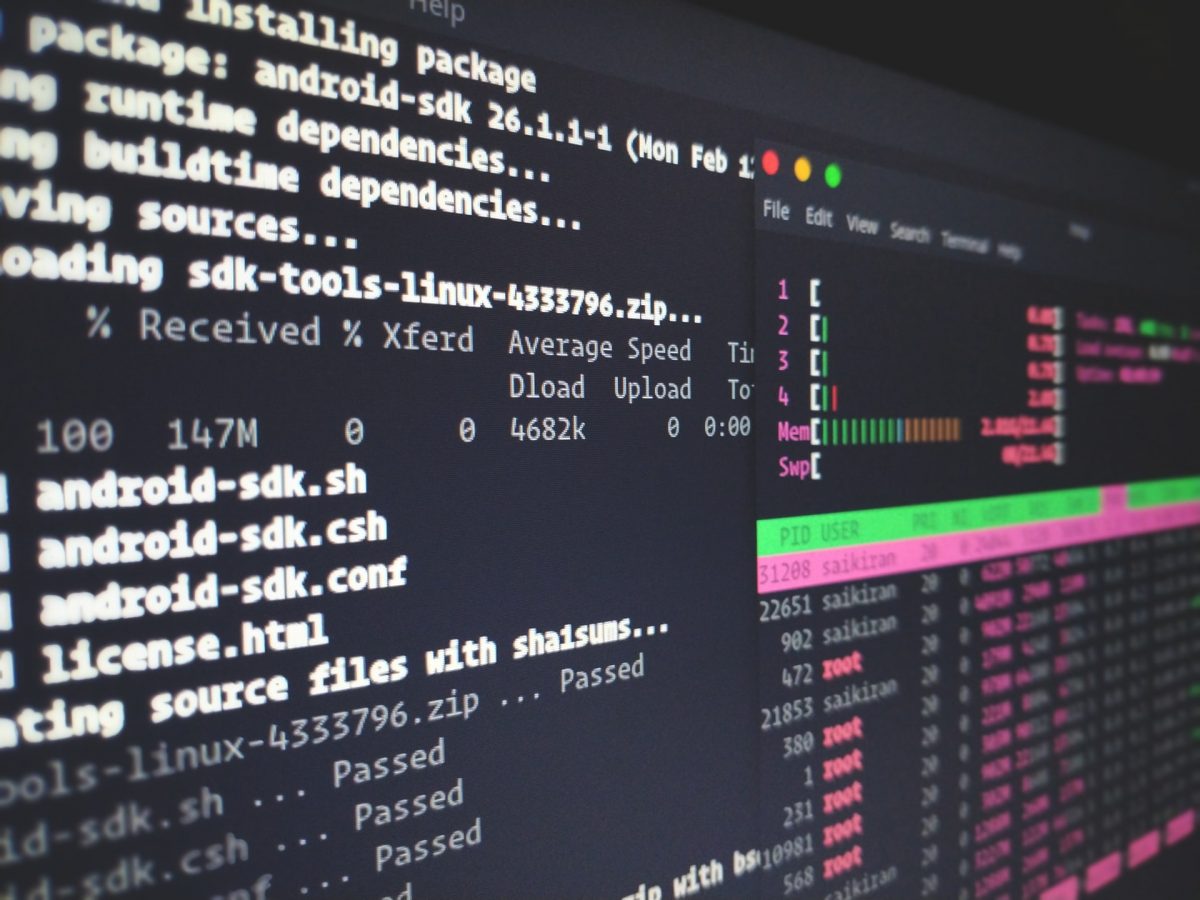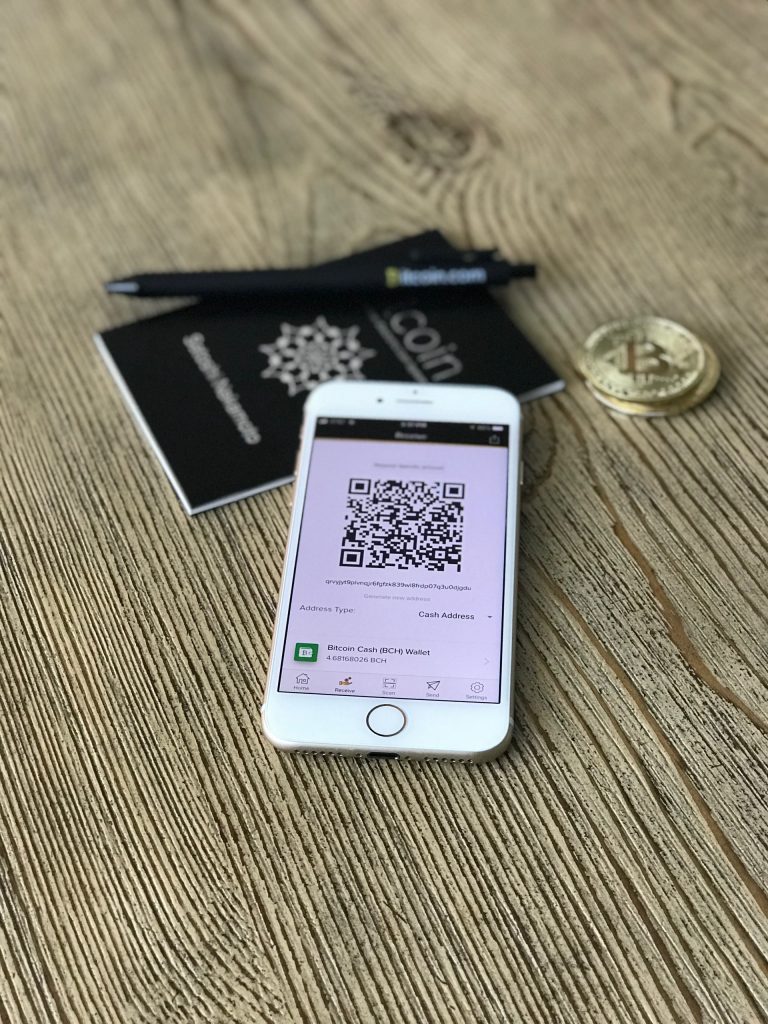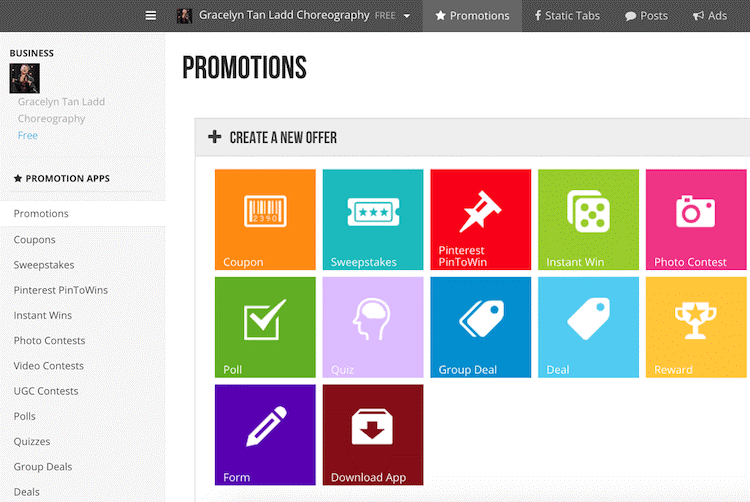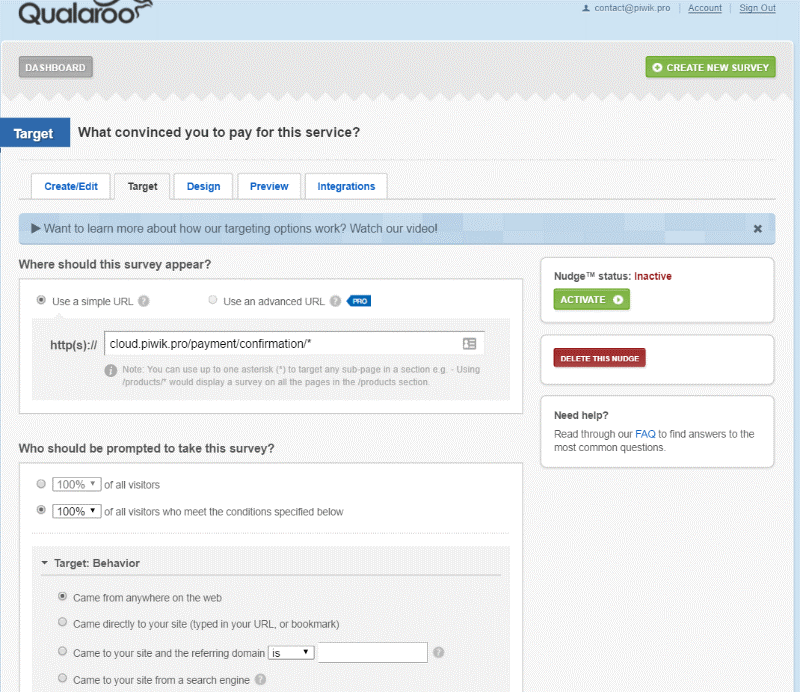
How Seniors Are Using Technology
According to an interesting article that broke down mobile connection metrics across the globe, there are now more cellular devices on planet Earth than people. That means, in a general sense, that people, young and old, are relying on these devices to facilitate their needs. While many mobile users fall below 50 years of age, many seniors are beginning to understand how valuable connectedness is. Located below are areas in which senior citizens can benefit from using mobile devices and apps.
Food Delivery

One of the daily tasks that become increasingly difficult for individuals as they get older is getting a meal to eat. While many of us have no issue going into a restaurant or store to purchase items, this task seems daunting for an elderly individual. Luckily for them, smart-device applications have been created to make the process of getting a meal easier for older users.
Seniors will find their lives easier when they can open an app, place an order, and have the food delivered to their residence in a fraction of the time as the traditional method. Furthermore, on account of the current pandemic, seniors may opt for contactless delivery services to ensure their safety. Simply put, you can’t go wrong with this technology!
Tracking and Emergency Services
One of the biggest solutions for independent living that seniors can use to gain peace of mind is by using apps that can track their location in times of emergency. When asking seniors about their fears as they become older, they tend to express emotions about falling or becoming injured without anyone knowing. Their fear is real, too. Most injuries that seniors experience go unnoticed, as they’re unable to make it to a phone or computer.
The beauty of using these applications is that it allows an all-encompassing means of staying protected in the future. Should you decide to use a mobile application like this, here’s what you need to look out for:
- Easy-to-use navigation and straightforward interface design.
- The ability to talk to real people at a moment’s notice should something go wrong.
- Predictive technology that allows healthcare professionals to remain alert in potentially dangerous circumstances.
- Data points that allow caregivers to build a working history with the patient.
- Peace of mind for both the user and the user’s family.
Medication Organizers

One of the main components of a senior’s day consists of taking medication on a schedule, thinking about their next dosage, and making sure they didn’t skip any supplements. The beauty of mobile apps is that they can act as an all-in-one assistant that keeps seniors on track for the day. Do you know an older individual that has difficulty taking their medications on time? Do they often find themselves getting off schedule, or in worst-case scenarios, completely forget to take their prescriptions for days on end? If so, it’s time to use a mobile app to alleviate their worry.
Reminders and alerts will act as a gentle reminder for the individual in question to maintain a productive schedule. When they take their medications consistently, you improve their quality of life and allow them to lead their days more freely. These mobile apps are a must-have!
Transportation
Let’s face it, getting to appointments and running errands can be a hassle, more so if you’re older. We also run into the problem that most seniors cannot safely get behind the wheel of a car to travel from point A to point B. With transportation apps available on mobile devices, seniors can rest assured that they can get where they need to be on time. Should they need to get to an appointment, run a quick errand, or meet up with a friend, these apps have their back!
As you can see, technology is not a series of devices reserved for younger generations to communicate with one another. Millions of older people living around the globe are finding new and unique ways of improving their lifestyle by implementing proprietary software. If you know a senior that could benefit from using these technologies, discuss it with them in the upcoming future. Who knows, you may improve their quality of living and allow them to live life on their terms.










